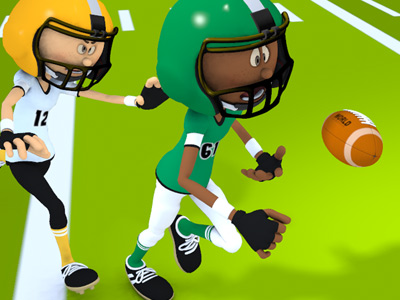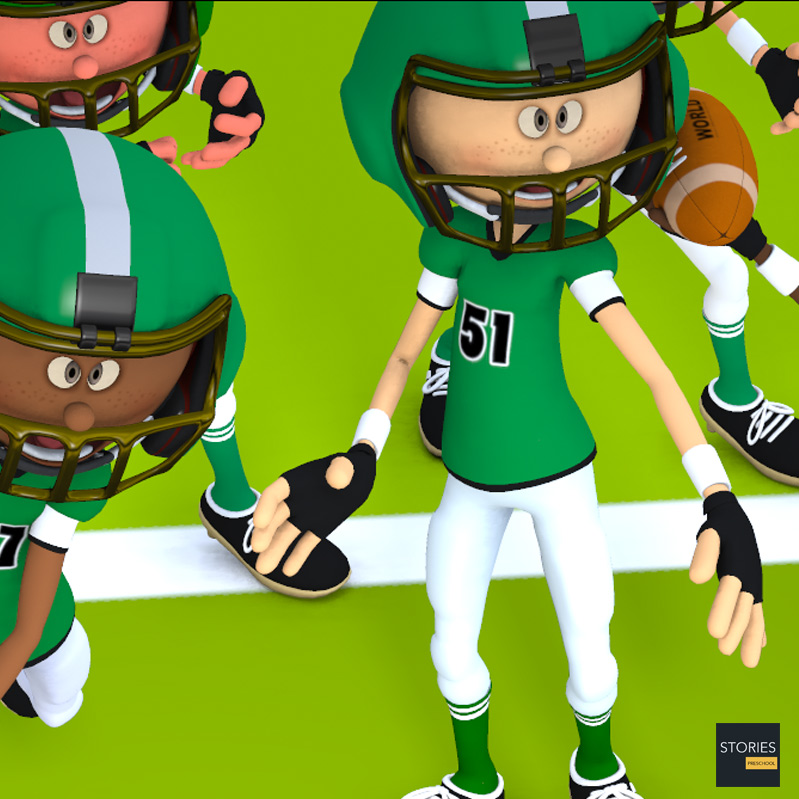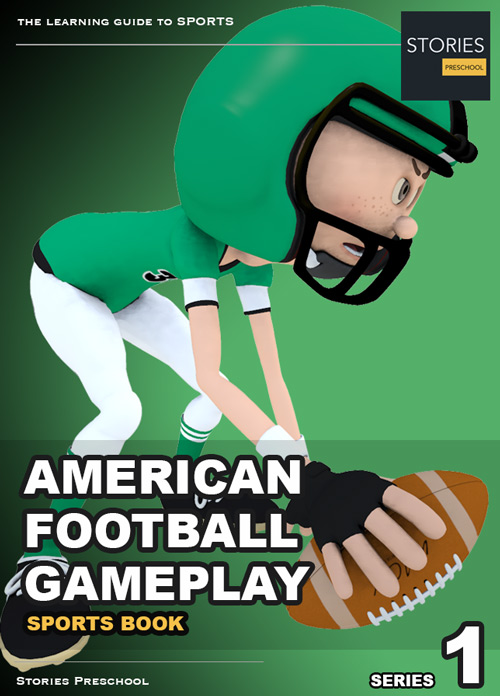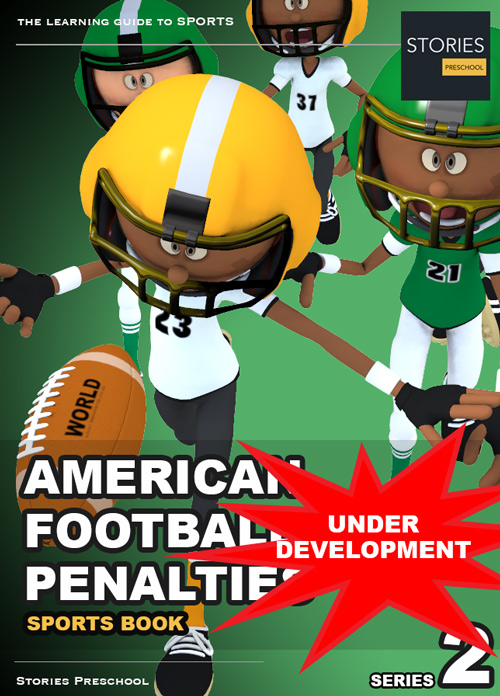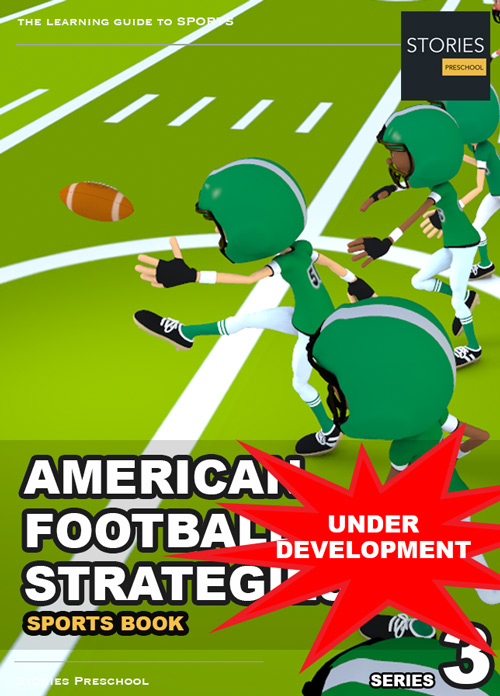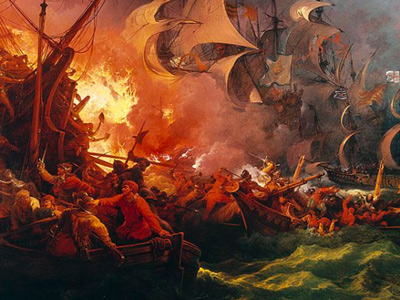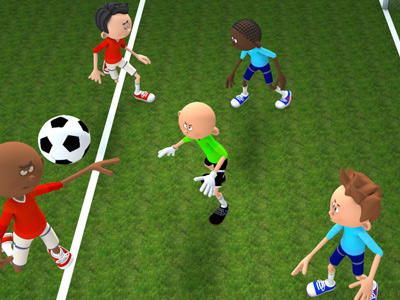American football
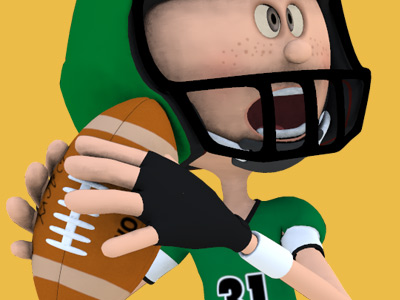
Scoring and Gameplay
In American football, the winner is the team that has scored the most points at the end of the game. There are multiple ways to score in a football game.
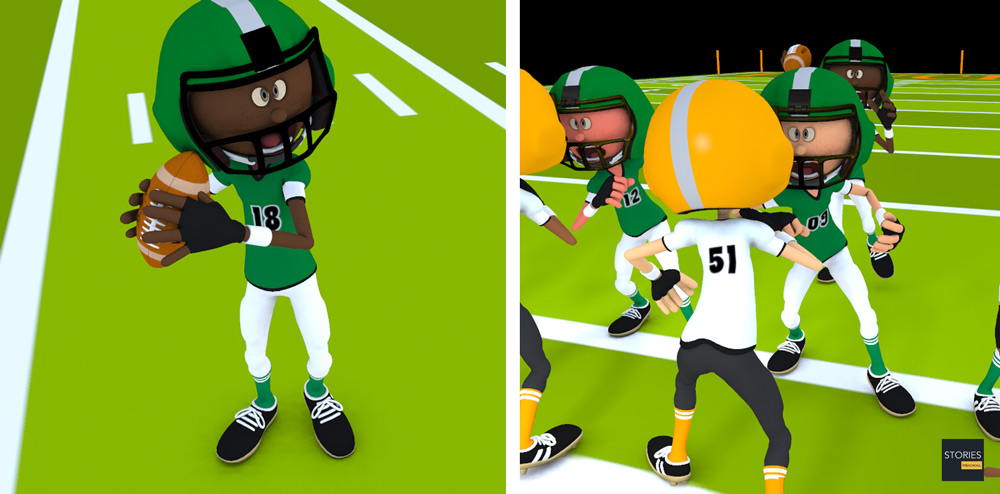
Scoring
The touchdown (TD), worth six points, is the most valuable scoring play in American football. A touchdown is scored when a live ball is advanced into, caught in, or recovered in the end zone of the opposing team. The scoring team then attempts a try or conversion, more commonly known as the point(s)-after-touchdown (PAT), which is a single scoring opportunity.
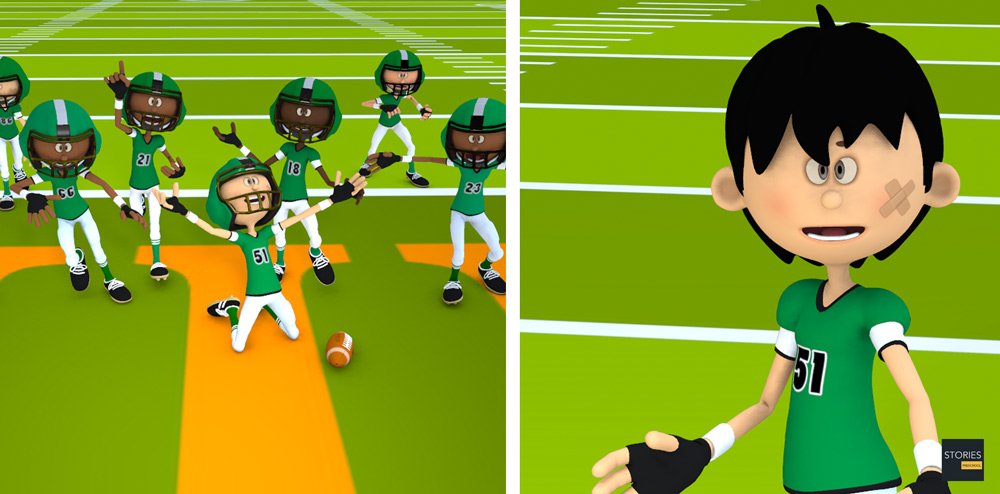
A PAT is most commonly attempted from the two- or three-yard line, depending on the level of play. If scored by a placekick or dropkick through the goal posts, it is worth one point, and is typically called the extra point. If it is scored by what would normally be a touchdown, it is called the two-point conversion and is worth two points. For the 2015 season, the NFL adopted a rule on extra points that stated the placekick must be kicked at the 15 yard line, however for a two-point conversion teams were still eligible to scrimmage from the two-yard line. No points are awarded on a failed extra point or two-point conversion attempt.
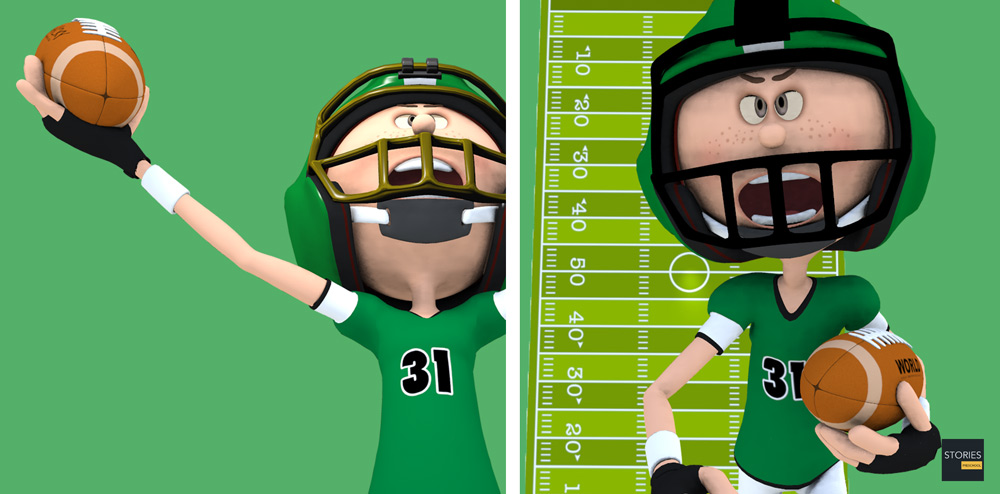
In general, the extra point is almost always successful in professional play and is only slightly less successful at amateur levels, while the two-point conversion is a much riskier play with a higher probability of failure; accordingly, extra point attempts are far more common than two-point conversion attempts.
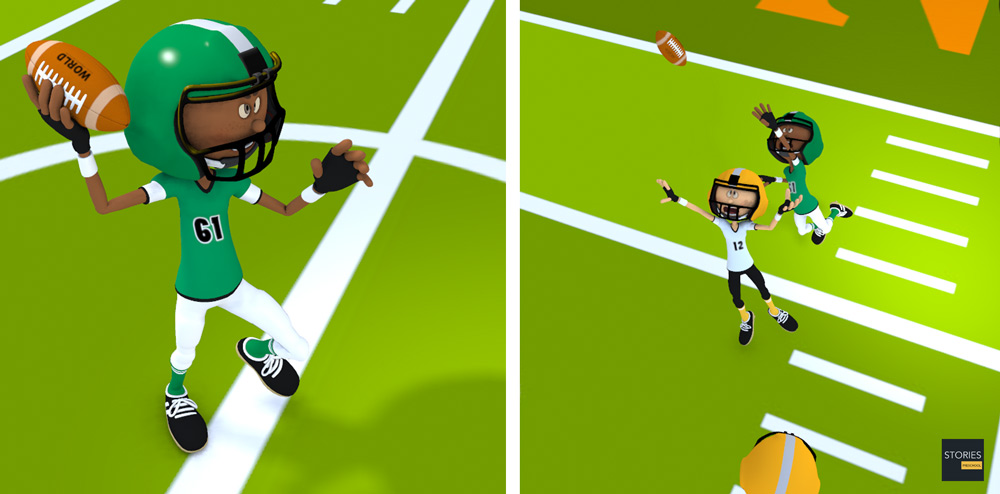
A field goal (FG), worth three points, is scored when the ball is placekicked or dropkicked through the uprights and over the crossbars of the defense's goalposts. After a PAT attempt or successful field goal the scoring team must kick the ball off to the other team. A safety is scored when the ball carrier is tackled in his own end zone. Safeties are worth two points, which are awarded to the defense. In addition, the team that conceded the safety must kick the ball to the scoring team via a free kick.
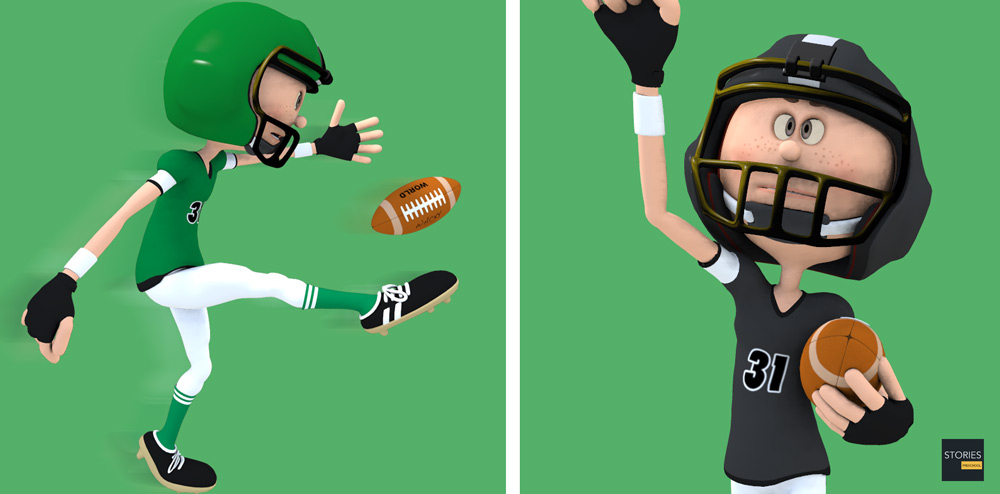
In Canadian football, a single (single point, or rouge), scoring one point, is awarded when the ball is kicked into the end zone by any legal means, other than a successful field goal, and the receiving team does not return, or kick, the ball out of its end zone.
Duration and Time Stoppages
Football games last for a total of 60 minutes in professional and college play and are divided into two halves of 30 minutes and four quarters of 15 minutes. High school football games are 48 minutes in length with two halves of 24 minutes and four quarters of 12 minutes. The two halves are separated by a halftime period, and the first and third quarters are also followed by a short break. Prior to the start of the game, the referee and team captains for each team meet at midfield for a coin toss.
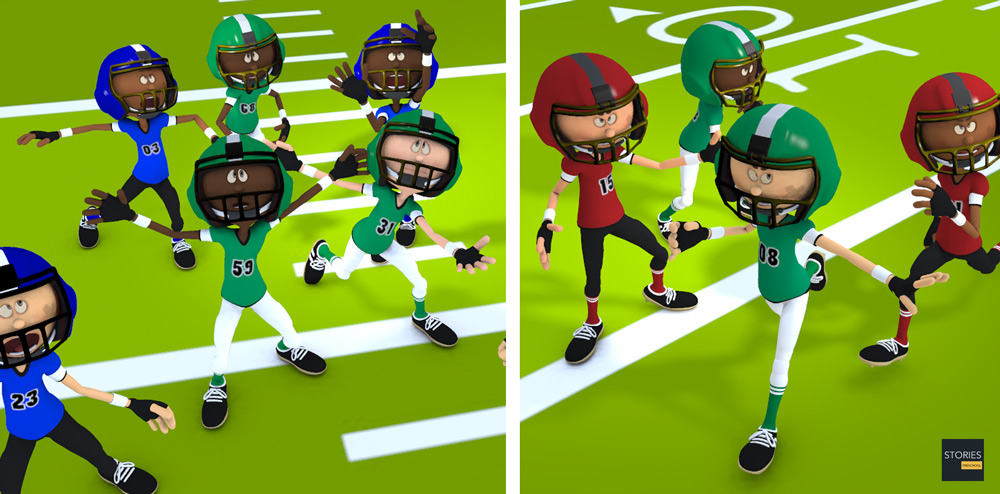
The visiting team is allowed to call 'heads' or 'tails'; the winner of the toss is allowed to decide from between choosing whether to receive or kick off the ball or choosing which goal they want to defend, but they can also defer their choice until the second half. The losing team, unless the winning team decides to defer, is allowed to choose the option the winning team did not select, and receives the option to receive, kick, or select a goal to defend to begin the second half.
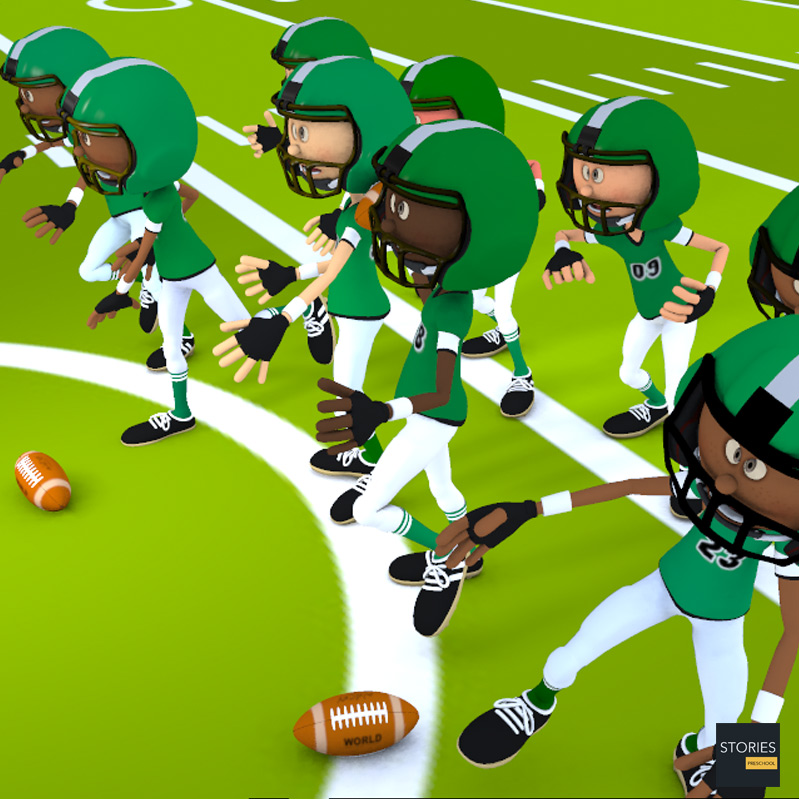
Most teams choose to receive or defer, because choosing to kick the ball to start the game would allow the other team to choose which goal to defend. Teams switch goals following the first and third quarters. If a down is in progress when a quarter ends, play continues until the down is completed.
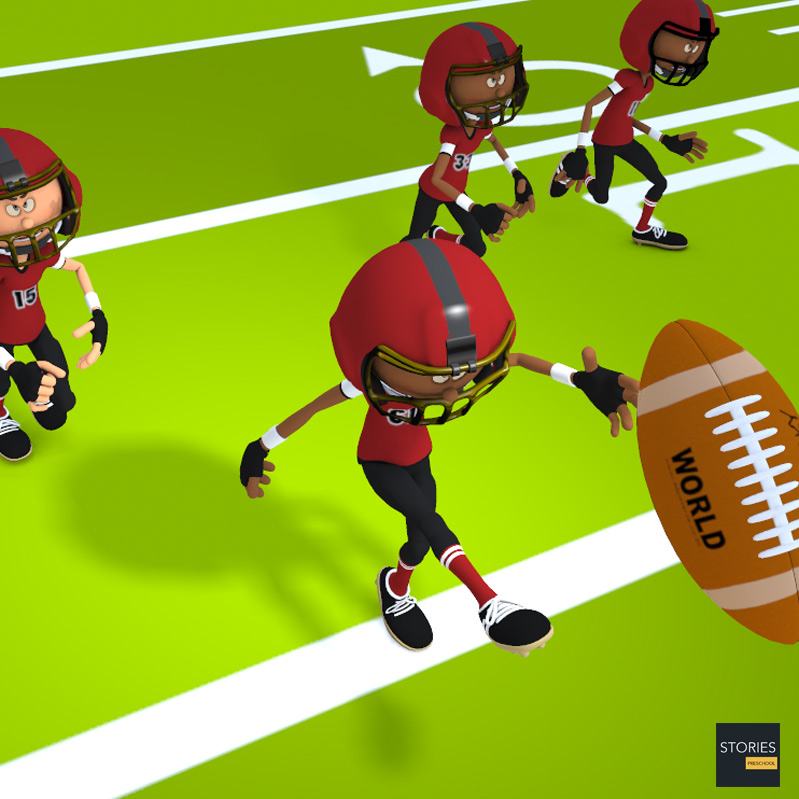
Games last longer than their defined length due to play stoppages - the average NFL game lasts slightly over three hours. Time in a football game is measured by the game clock. An operator is responsible for starting, stopping and operating the game clock based on the direction of the appropriate official. A separate clock, the play clock, is used to determine if a delay of game infraction has been committed. If the play clock expires before the ball has been snapped or free-kicked, a delay of game foul is called on the offense. The play clock is set to 40 seconds in professional and college football and to 25 seconds in high school play or following certain administrative stoppages in the former levels of play.
Advancing the Ball and Downs
There are two main ways that the offense can advance the ball: running and passing. In a typical play, the quarterback calls the play, and the center passes the ball backwards and under his legs to the quarterback in a process known as the snap. The quarterback then either hands the ball off to a back, throws the ball or runs with it himself.
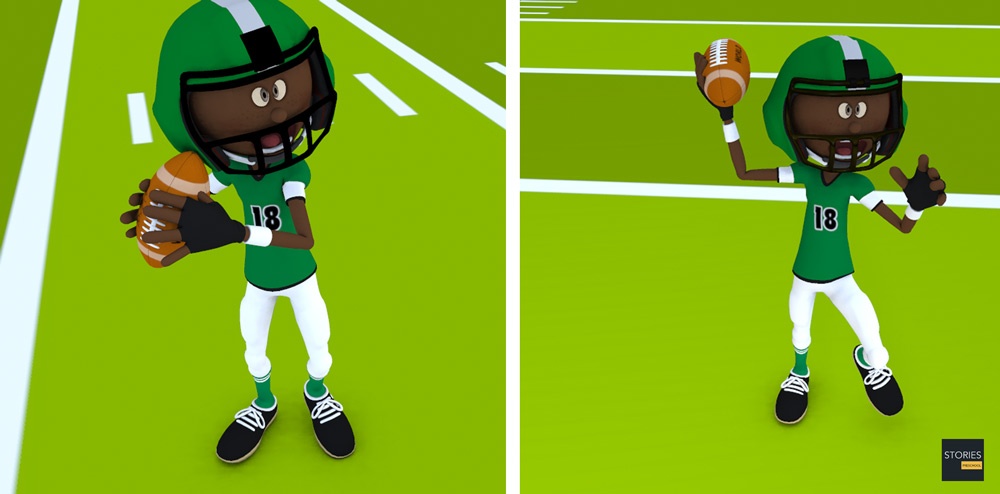
The play ends when the player with the ball is tackled or goes out of bounds, or a pass hits the ground without a player having caught it. A forward pass can only be legally attempted if the passer is behind the line of scrimmage. In the NFL, a down also ends if the runner's helmet comes off.
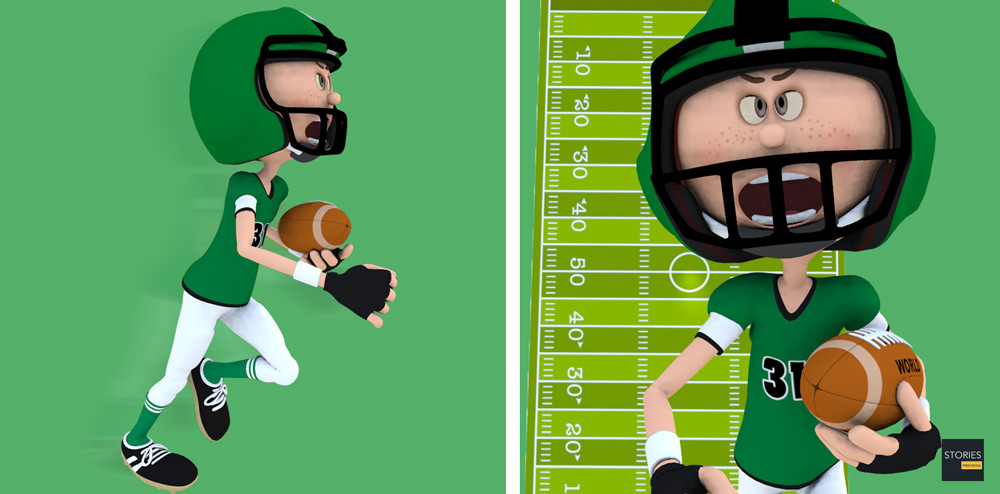
The offense is given a series of four plays, known as downs. If the offense advances ten or more yards in the four downs, they are awarded a new set of four downs. If they fail to advance ten yards, possession of the football is turned over to the defense.

In most situations, if the offense reaches their fourth down they will punt the ball to the other team, which forces them to begin their drive from further down the field; if they are in field goal range, they might also attempt to score a field goal. A group of officials, the chain crew, keeps track of both the downs and the distance measurements. On television, a yellow line is electronically superimposed on the field to show the first down line to the viewing audience.
Turnovers
In gridiron football, a turnover occurs when the team with the ball loses possession of the ball without kicking it, which is then gained by the other team. In American football, the two events that are officially classified as "turnovers" are fumbles (accidental physical loss of a live ball a player has possession of) or interceptions (passes intended for a member of the passing team, but caught by a member of the opposing team).
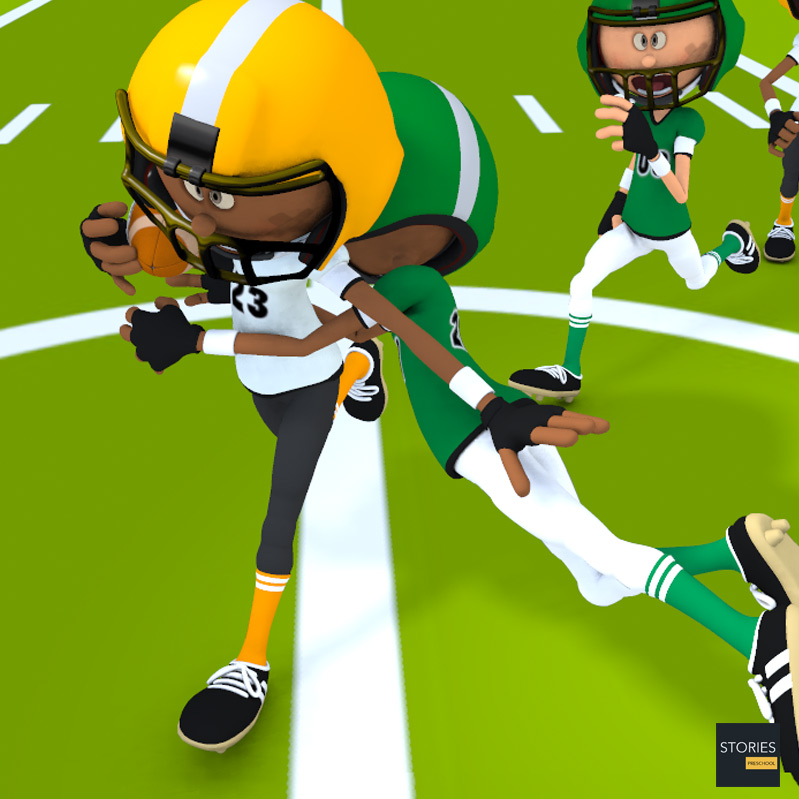
In addition, the term "turnover" is often used to refer to a turnover on downs, when a team attempts to gain a first down or touchdown on a fourth down play (known as a fourth down conversion), but is unsuccessful. When this occurs, the opposing team automatically gains possession at the spot to which the ball was advanced at the end of the play, unless a penalty has occurred (every defensive penalty, if accepted, results either in an automatic first down or a replay of down). In this event, the team that has lost possession is not permitted an opportunity to advance the ball any further.
National Football League game statistics recording turnovers only include lost fumbles and intercepted passes; turnovers on downs are not included (e.g., a team whose only turnovers are turnovers on downs is credited with having "no turnovers").
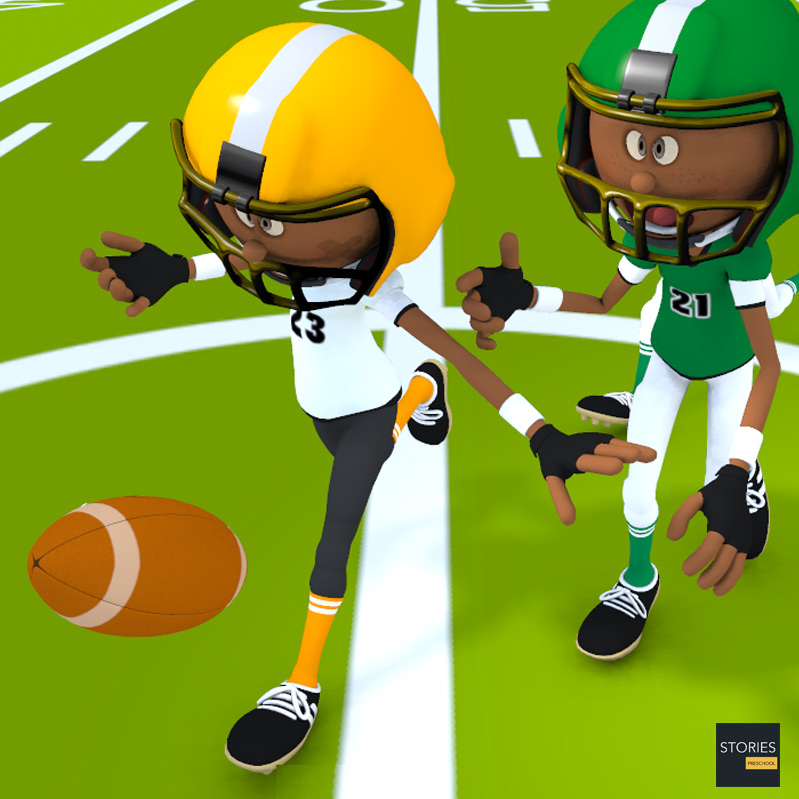
In Canadian football, turnovers generally occur in a similar manner to American football, except that a turnover on downs will occur after three downs instead of four. In addition, Canadian Football League statistics record turnovers on downs on an equal basis to turnovers caused by fumbles and interceptions.
In American football, a muffed punt is defined as "touching of the ball prior to possessing the ball."
Kicking
There are two categories of kicks in football: scrimmage kicks, which can be executed by the offensive team on any down from behind or on the line of scrimmage, and free kicks. The free kicks are the kickoff, which starts the first and third quarters and overtime and follows a try attempt or a successful field goal, and the safety kick, which follows a safety.

On a kickoff, the ball is placed at the 35-yard line of the kicking team in professional and college play and at the 40-yard line in high school play. The ball may be drop-kicked or place-kicked. If a place kick is chosen, the ball can be placed on the ground or on a tee, and a holder may be used in either case.
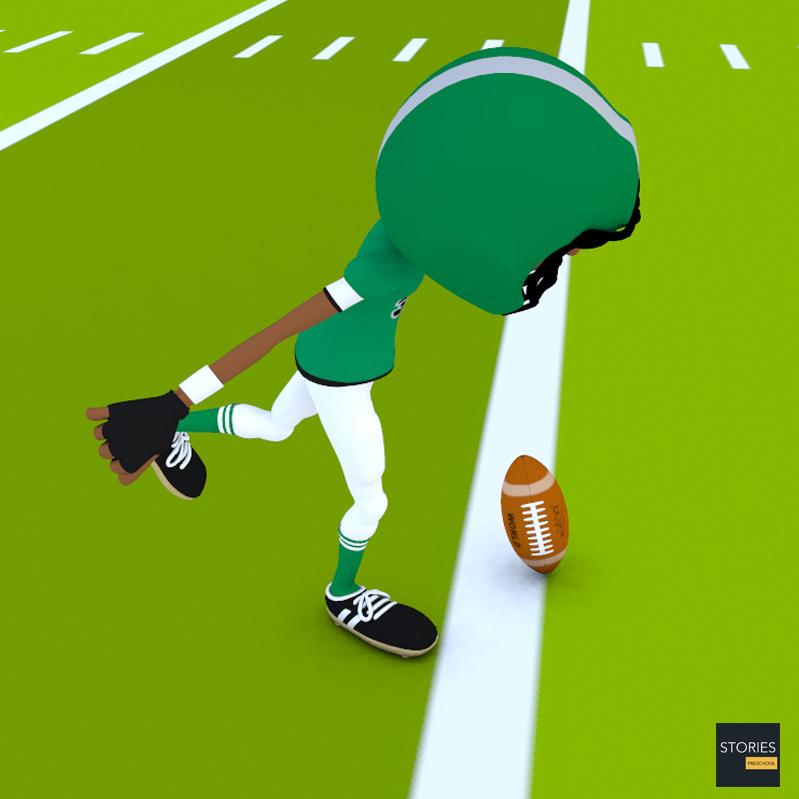
On a safety kick, the kicking team kicks the ball from their own 20-yard line. They can punt, drop-kick or place-kick the ball, but a tee may not be used in professional play. Any member of the receiving team may catch or advance the ball, and the ball may be recovered by the kicking team once it has gone at least ten yards and has touched the ground or has been touched by any member of the receiving team.
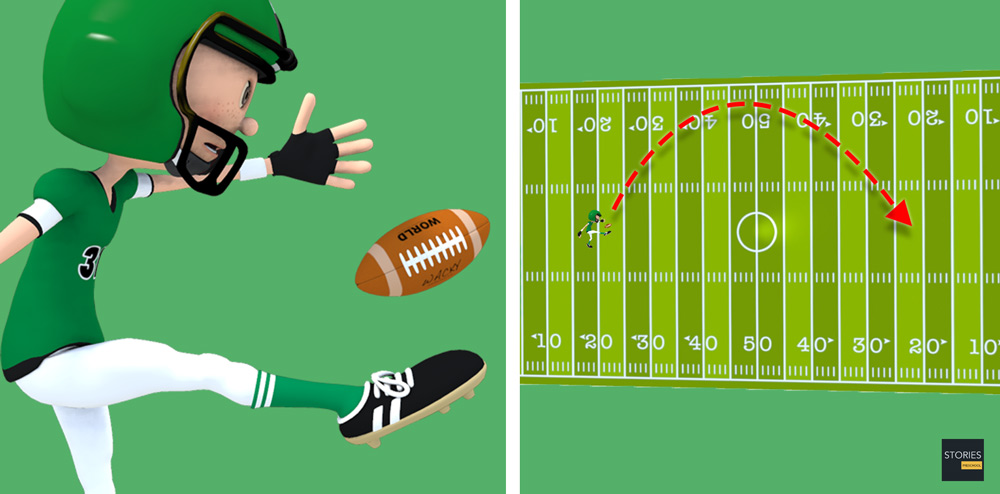
The three types of scrimmage kicks are place kicks, drop kicks, and punts. Only place kicks and drop kicks can score points. The place kick is the standard method used to score points, because the pointy shape of the football makes it difficult to reliably drop kick. Once the ball has been kicked from a scrimmage kick, it can be advanced by the kicking team only if it is caught or recovered behind the line of scrimmage. If it is touched or recovered by the kicking team beyond this line, it becomes dead at the spot where it was touched. The kicking team is prohibited from interfering with the receiver's opportunity to catch the ball, and the receiving team has the option of signaling for a fair catch. This prohibits the defense from blocking into or tackling the receiver, but the play ends as soon as the ball is caught and the ball may not be advanced.
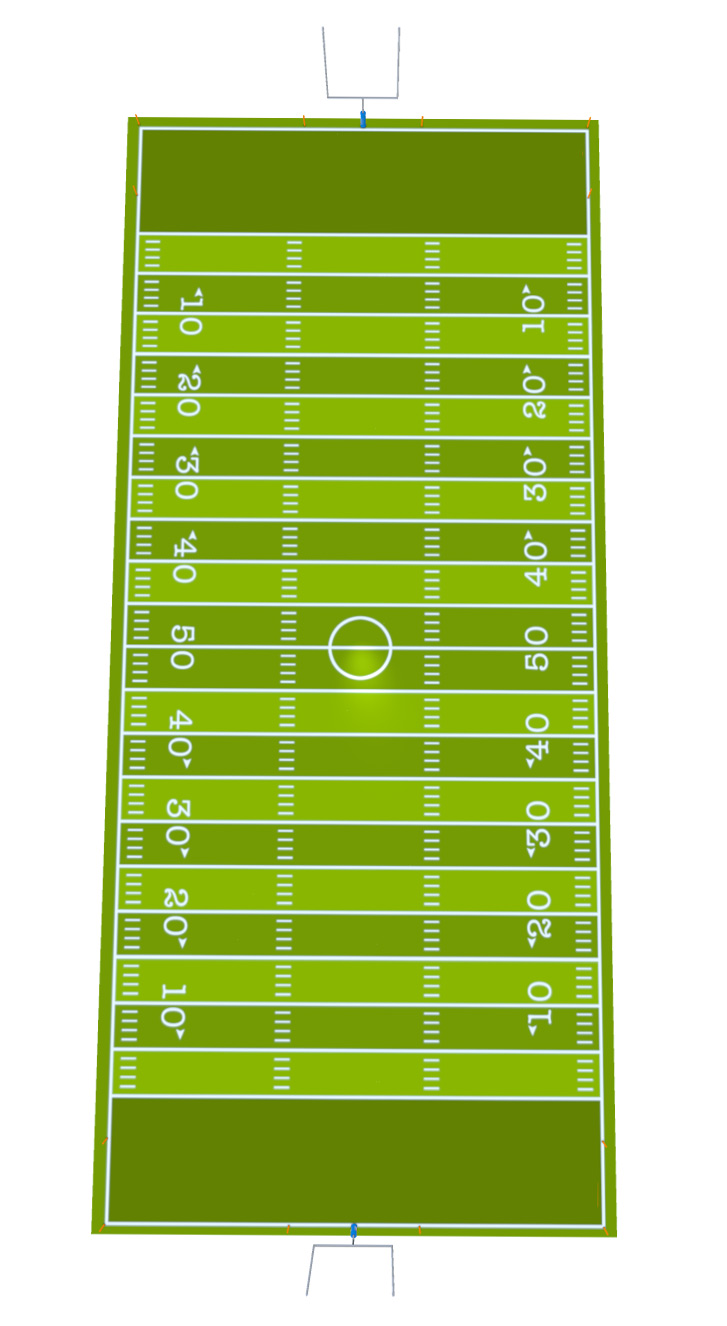
SPORTS

RESOURCES
This article uses material from the Wikipedia articles "American football", "American football rules", "Single", which is released under the Creative Commons Attribution-Share-Alike License 3.0.
© Stories Preschool. All Rights Reserved.
